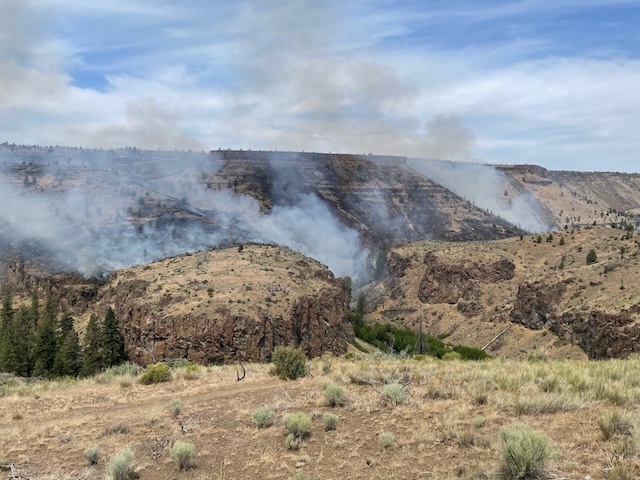Easy chemical suicides, where the desperate aren’t the only victims
Published 5:00 am Sunday, June 26, 2011

- Since childhood, Janet Kelly's 24-year-old son suffered from depression; he committed suicide with a mix of chemicals inside his car in March. Similar suicides are worrying authorities across the United States, because of the caustic nature of the deaths.
In Japan it is known as detergent suicide, a near-instant death achieved by mixing common household chemicals into a poisonous cloud of gas.
By some counts, more than 2,000 people there have taken their own lives, inhaling the gas — in most cases hydrogen sulfide — in cars, closets or other enclosed spaces. The police now say they are seeing an increasing number of similar suicides in the United States, inspired by websites that carry recipes for the chemical mix as well as detailed instructions on how to use it.
And as in Japan, where the suicides have caused whole neighborhoods to be evacuated and sent dozens of people to the hospital, the depressed or despondent are not the only victims.
Of 72 chemical suicides experts have documented in the United States since 2008, at least 80 percent have resulted in injuries to police officers, firefighters, emergency workers or civilians exposed to the gas, despite the efforts of suicide victims to protect others by putting warning signs on car windows or closet doors, said Deputy Chief Jacob Oreshan of the New York State Office of Fire Prevention and Control, who has been tracking the cases.
All of last year there were 36 chemical suicides in the United States. So far this year, there have already been at least 27. (Those numbers still represent a tiny fraction of the 34,000 or so suicides reported each year.)
The injuries to first responders have so far been minor. But in some cases where police officers have opened car doors or broken car windows without protective equipment, the gas “is knocking them right to the ground,” Oreshan said. To avoid exposure, rescuers cannot reach the victim until the hazard is cleared, a process that can take hours.
And that, said Michael Cerone, police chief in Irvington, N.Y., is “heart-wrenching.”
“You want to help,” he said. “You want to get in there.”
On March 28, Cerone went to investigate a report of a person slumped inside a Jeep Liberty parked on a deserted dirt road. A sign on the window warned against breaking the glass and urged rescuers to call a hazardous materials team, he said. The bomb squad was summoned, and a robot was sent to breach the car’s rear window. Houses in the neighborhood were evacuated.
A few miles away, Stephen Kelly, a family practice physician, was at the police station in Irvington waiting to file a missing person report on his 24-year-old son, John. He and his wife, Janet, a nurse, had spent hours that afternoon in an increasingly frantic search for their son, who had suffered since childhood from a severe form of obsessive-compulsive disorder and depression and had been hospitalized in December after a failed suicide attempt. This time, he succeeded.
Despite John’s illness, he had graduated from college with a degree in psychology and was working at a nearby psychiatric hospital. “He didn’t let people know,” his mother said. “He was always counseling others.”
Other suicides have followed a similar pattern. In Baldwin, Mich., on Jan. 8, emergency workers were taken to the hospital after a firefighter moved a canister in the car of a suicide victim, causing the gas to be re-released. And in Massachusetts, an elderly woman was sickened when the toxic fumes leaked through her ceiling from an upstairs apartment.
“Suicide is generally intended for one victim,” said Richard Perrin, undersheriff of the Lake County Sheriff’s Department, who was at the scene of the suicide in Michigan. “Whereas this form of suicide has the potential to affect many, whether it be intended or unintended, and that’s what makes it so dangerous.”
Perrin is one of about 50 police and fire officials who are part of a nationwide working group organized by Oreshan to educate first responders about the suicides.
In Japan, websites advertised the chemical suicide method as a way to “die easily and beautifully,” according to one 2008 news report. After the number of people affected by detergent suicides reached alarming proportions — in one Japanese city, a 14-year-old girl’s suicide sickened 90 of her neighbors in 2008 — government officials tried to persuade Internet sites to remove the recipes.
But the proliferation of the sites has proved difficult to control.
Dr. Kurt Kleinschmidt, chief of medical toxicology at the University of Texas Southwestern Medical School who has been following the suicides, said the lethality of the methods left no room for ambivalence or second thoughts.
“You definitely don’t take any chances, because literally one breath (can) kill you.”






